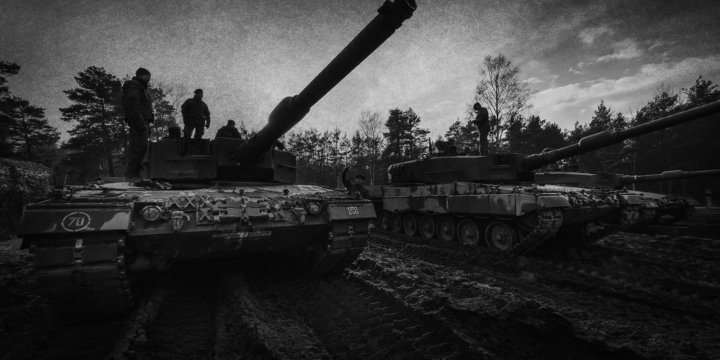Home / Ukraine-Russia / The Trump administration’s proposal for the war in Ukraine is its latest half-baked plan
Ukraine‑Russia, Europe and Eurasia, Russia, Ukraine
November 25, 2025
The Trump administration’s proposal for the war in Ukraine is its latest half-baked plan

If there is one word that best characterizes President Donald Trump’s Ukraine policy, it’s “frantic.”
If you don’t believe me, take a look at the last several days of drama, when the Trump administration dropped a 28-point peace proposal into the Ukrainians’ lap that included some concessions that Ukrainian President Volodymyr Zelenskyy has dismissed as unacceptable. According to the original draft, which was revised over the weekend between senior U.S. and Ukrainian officials to 19 points, Kyiv would be expected to withdraw all of its troops from the areas of the Donbas it currently controls. The Ukrainian army’s end-strength would be capped at 600,000 men. And Ukraine would amend its constitution to ensure it doesn’t join NATO. Purported U.S. security guarantees for Ukraine would be on offer in exchange, but those measures would be ill defined, leaving the Ukrainians wondering whether Washington would really come to its defense in the event of another Russian invasion.
The plan generated significant blowback in Ukraine and Europe and in Washington’s foreign policy circuit. Some analysts compared it to British Prime Minister Neville Chamberlain’s appeasement of Adolf Hitler. The Europeans tried to be as polite as possible, stating that Trump’s plan was a good first step. But it was abundantly obvious to those outside the Trump administration that the 28 points were bits of trash made to look like a comprehensive peace agreement to end a war that will reach its fourth year in February.
In the end, the White House changed tact, arguing that the proposal was just a starting point, not a finished product.
More on Eurasia

In the mediaUkraine‑Russia, Diplomacy, Europe and Eurasia
Featuring Dan Caldwell
November 23, 2025
Events on Ukraine-Russia

virtualUkraine‑Russia, Air power, Diplomacy, Drones, Europe and Eurasia, Land power, Military analysis, Russia, Ukraine
April 16, 2025







